Apparently New York school children and/or their parents and guardians are easily offended at least that’s what it seems as the NYC Department of Education has put together a list of 50 words, or more specifically topics, banned from use in its Standardized Tests. So, are these words the usual suspects, the four-letter words, the cuss words, the unholy expletives, the coarse, or course, vernacular for sex, death and other facts of life? Of course, not, the list is as ludicrous as the idea of being offended by words in the first place and includes: dinosaur, evolution, divorce, sex, celebrities and computers in the home…in fact, prepare to be mortally offended here’s the full list:
Abuse
Alcohol
Birthday
Bodily functions
Cancer
Catastrophe
Celebrities
Children dealing with serious issues
Cigarettes
Computers in the home
Crime
Death
Dinosaur
Divorce
Evolution
Expensive
Gambling
Halloween
Homelessness
Homes with swimming pools
Hunting
Junk food
Unemployment
Nuclear weapons
Occult
Parapsychology
Politics
Pornography
Poverty
Rap Music
Religion
Religious holidays
Rock-and-Roll
Running away
Sex
Slavery
Terrorism
Television and video games
Traumatic material
Vermin
Violence
War
Weapons
Witchcraft
To be honest, I’m not sure what kind of education an NYC kid is going to get if all those topics are banned from their tests. Does it really mean that they cannot be tested on the pros and cons of video games, the Second World War, evolution? If so, then someone in the Dept of Ed needs to head out into the real world. Creationists are offended by dinosaurs? Tough! Jehovah’s Witnesses don’t celebrate birthdays, so no one else can mention them? BS! Halloween is a pagan festival? Well, isn’t banning it offensive to pagans? Sheesh. I hope this is all just a happy spoof, although I can see the benefits of banning celebrities. If not the NYC DofEd are bunch of flipping ninnies who ought to know better.
 A new dual laser approach to analysing chemicals shouldn’t require the sample to be prepped and placed in the spectrometer. The surface of a suspect package at an airport or a contaminated material in a medical or environmental setting could be “scanned” via a standoff approach using the new technique, according to research I discuss in the latest issue of SpectroscopyNOW.
A new dual laser approach to analysing chemicals shouldn’t require the sample to be prepped and placed in the spectrometer. The surface of a suspect package at an airport or a contaminated material in a medical or environmental setting could be “scanned” via a standoff approach using the new technique, according to research I discuss in the latest issue of SpectroscopyNOW.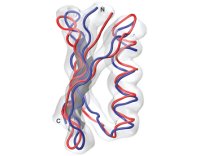 Researchers have developed a novel solid-state NMR spectroscopic method that uses paramagnetic tags to help them visualize the shape of protein molecules. The technique could be used to help scientists understand the properties of various biological molecules under normal, healthy conditions and also in those that are involved in a range of diseases from Alzheimer’s to mad cow disease.
Researchers have developed a novel solid-state NMR spectroscopic method that uses paramagnetic tags to help them visualize the shape of protein molecules. The technique could be used to help scientists understand the properties of various biological molecules under normal, healthy conditions and also in those that are involved in a range of diseases from Alzheimer’s to mad cow disease.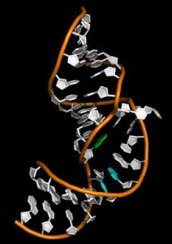 Hepatitis C virus (HCV) is a chronic infectious disease that afflicts some 170 million people worldwide, causing chronic liver disease and, in many cases, liver cancer.
Hepatitis C virus (HCV) is a chronic infectious disease that afflicts some 170 million people worldwide, causing chronic liver disease and, in many cases, liver cancer.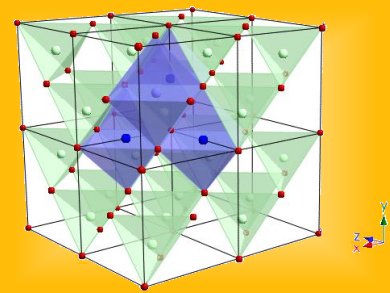 There is always room for further innovation in any field and I recently highlight new work in the area of Quantum Dots – those tiny entities hoping to revolutionise computing, analysis and medical diagnostics. Robert Meulenberg, University of Maine, USA, and chemist Geoffrey Strouse, Florida State University (FSU), Tallahassee, USA and colleagues have for the first time generated and observed a tiny magnet, a magnetic spinel inclusion, trapped within a quantum dot made from chromium-laced zinc selenide.
There is always room for further innovation in any field and I recently highlight new work in the area of Quantum Dots – those tiny entities hoping to revolutionise computing, analysis and medical diagnostics. Robert Meulenberg, University of Maine, USA, and chemist Geoffrey Strouse, Florida State University (FSU), Tallahassee, USA and colleagues have for the first time generated and observed a tiny magnet, a magnetic spinel inclusion, trapped within a quantum dot made from chromium-laced zinc selenide.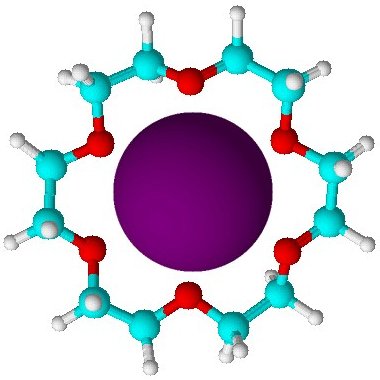 Caltech scientist Sameer Walavalkar just emailed me about his latest project. It’s a cultural meeting of science and art on the nanoscale. This is what he had to say:
Caltech scientist Sameer Walavalkar just emailed me about his latest project. It’s a cultural meeting of science and art on the nanoscale. This is what he had to say: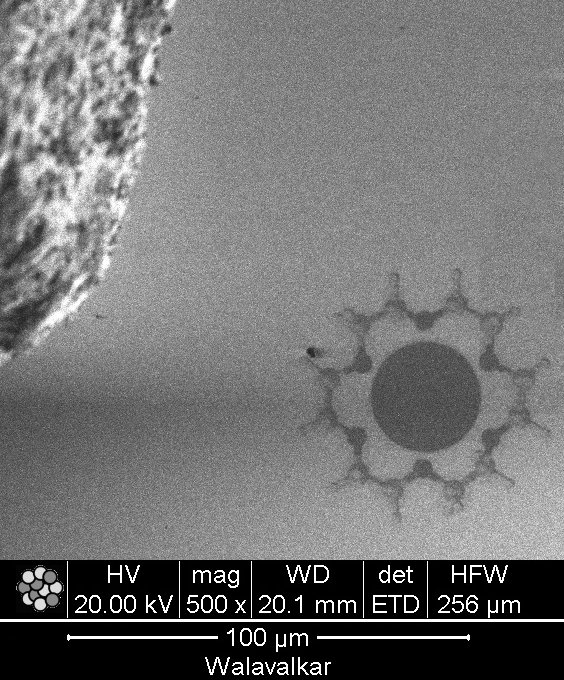
 Microbes fished from the local river could be used to make low-cost and environmentally friendly graphene in an efficient way according to Japanese scientists.
Microbes fished from the local river could be used to make low-cost and environmentally friendly graphene in an efficient way according to Japanese scientists.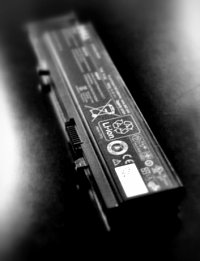 Anyone who has owned a portable electronic gadget during the last decade (hands up anyone who hasn’t!) or so will have relied on the almost ubiquitous lithium-ion battery. They precluded the need to use noxious cadmium and purportedly side-step the memory charge problem of so-called Ni-cad batteries. But, they are far from perfect, they rarely last as long in use as the manufacturers of said gadgets often claim and they do wear out, usually within about 18 months of purchase and usually on the day when their use is most likely to be most problematic for the user. Moore’s Law may apply to silicon chips, but Sod’s Law is the more common legal mandate of lithium batteries.
Anyone who has owned a portable electronic gadget during the last decade (hands up anyone who hasn’t!) or so will have relied on the almost ubiquitous lithium-ion battery. They precluded the need to use noxious cadmium and purportedly side-step the memory charge problem of so-called Ni-cad batteries. But, they are far from perfect, they rarely last as long in use as the manufacturers of said gadgets often claim and they do wear out, usually within about 18 months of purchase and usually on the day when their use is most likely to be most problematic for the user. Moore’s Law may apply to silicon chips, but Sod’s Law is the more common legal mandate of lithium batteries.